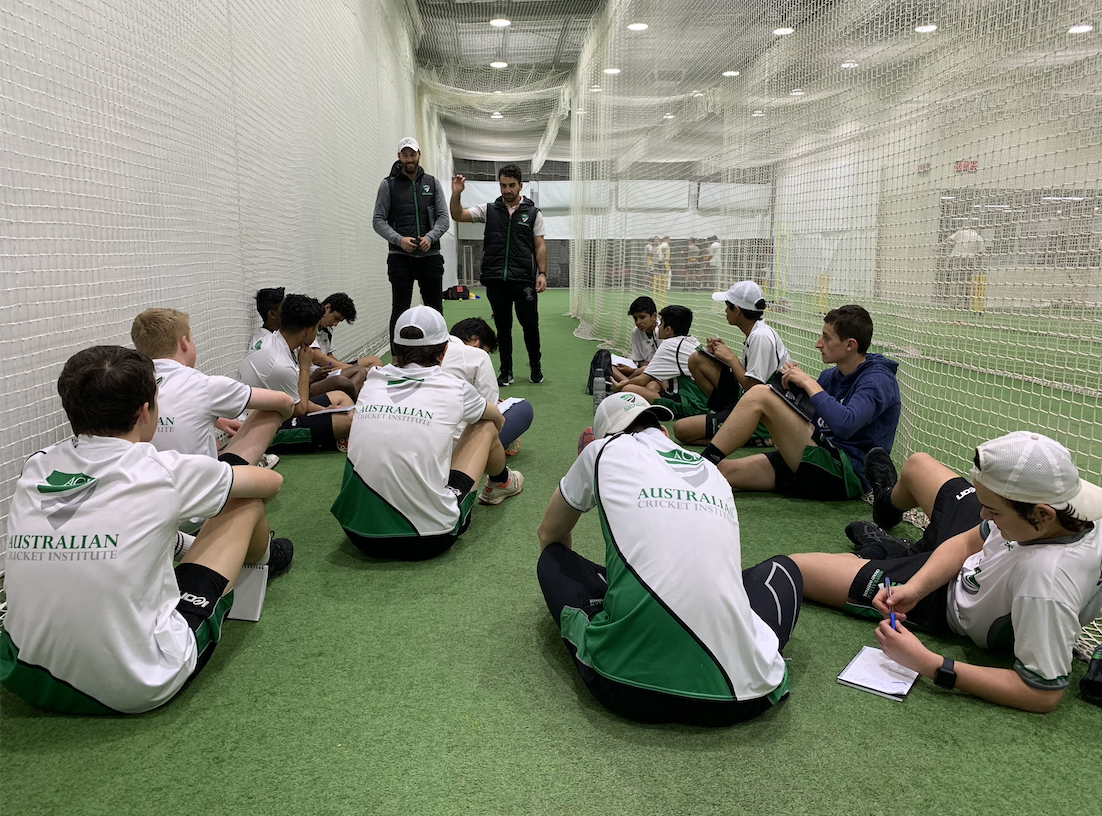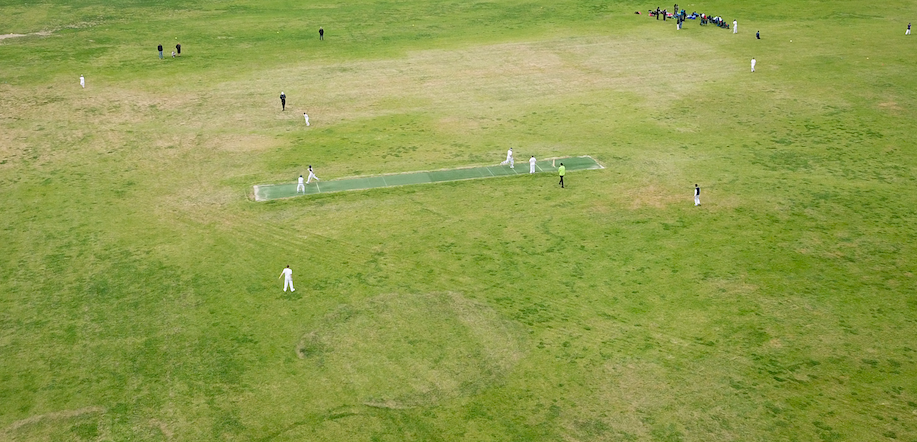“I already dominate spin bowling!” I can see you now, thinking that to yourself as you recall those couple of fours and maybe even a six you hit off a spinner during the season.
Now, before you get too carried away, I’d like you to delve a bit deeper. Jump onto MyCricket, those of you who have had good seasons will no doubt have this in your favourites and check how many times you were dismissed by a spinner. Three? Four? Maybe more!?
Now ask yourself what percentage of spin bowling did you face compared to pace? I would envision maybe 30%? All of a sudden, those handfuls of dismissals might be telling you that batting against spin is an area to improve on!
Sorry to be a bit of a wet blanket there, but no need to stress! We are going to look at 4 simple ways to dominate spin bowling!
1. MINDSET
LOOK TO SCORE! Yes, another cricketing cliché but this is vitally important when batting against spin. We can become a 10x better player of spin bowling just by rewiring our mindset.
All of the best batters have this mindset when facing tweakers. Now, this does not mean we attempt to hit every ball a spinner bowls us into next week. It means that we have clear plans on where our scoring zones are, INCLUDING SINGLES, and look to score in these areas.
I guarantee you it is easier to have this positive mindset and then scale back to a defensive shot if required.
This leads me into the second key point…
2. MOVEMENT
I see it all the time, especially in junior cricket. Batters stuck on the crease and blocking every ball that a spinner delivers. More often than not, an ‘unplayable’ delivery comes along that knocks them over.
This ‘technique’ is directly aligned with having a positive mindset. Once your scoring areas have been identified, we need to find ways to access these parts of the ground effectively…. We need to MOVE!
Effective players against spin bowling are able to move forward, back, sideways and sometimes even both, to hit essentially the same ball into different parts of the field. While there are many components to being able to move effectively, at the end of the day it’s all about practising.
Explore how far you can advance down the wicket. Don’t be scared to move deep in your crease to create a bad ball. Shuffle back and towards leg stump to see if you can pierce the gap through the point region. Do all of this in a controlled environment, where mistakes are seen as a great opportunity to learn and discover what works for you.
3. SWEEP SHOT
SCARY I KNOW! If you’re like me and never actually practised playing a sweep shot as a young player, then the thought of getting down on one knee and ‘swinging’ across the line gives you nightmares. But now, heading into the off-season is the perfect time to see what you’re capable of!
I think the main reason the sweep shot isn’t in everyone’s repertoire is there is no real need to play it as a young batter facing loopy spinners, sometimes on concrete! Unfortunately, the Aussie selectors don’t pick the test side on your U/12 form, so it makes sense to develop shots that will allow you to score runs when you are 16 years old and over.
Start simple. Do drop drills from a stable sweeping position and progress as you gain more confidence. Again, you may find that it is not completely natural, but can you develop a lap sweep? A great technique to manipulate the field to open up other scoring areas in your stronger zones.
The mere sight of a batter attempting a sweep can send spinners and captains into a panic, shuffling fields and discussing a change of tactics.
So, get your broomsticks out this off-season and start experimenting with your sweep shot!
4. PRACTICE HITTING BAD BALLS
If you’re reading this, I want you to raise your hand if you’ve been dismissed by a half-tracker, full-toss or just a horrible ball from a spinner. All of your hands should be up!
It amazes me how many young players tell me they got out to an absolute stinker of a ball from a spinner, yet not one of those players ever practice hitting bad balls.
It is like any other shot or any life skill in fact; if you don’t practice it, how do you expect to execute consistently?
Next time you’re at the nets, or even better, an oval with a wicket, get your training partner to literally throw you pies. Half-trackers, full-tosses, wide and short. Focus on making good contact with the ball to either hit it hard along the ground, clear the infield or clear the boundary.
Once again, this drill will allow yourself to, improve yes, but also learn what your current strengths and weaknesses are so that you have a clear plan around despatching bad balls from spinners.
Fortunately, we have an abundance of videos that explore these shots and techniques, not only in our masterclass area of our website but our Facebook page as well.
Feel free to give us a follow by clicking on the link below or reach out if you have any questions on anything mentioned above.
Now get in the nets and start practising!
Author: Peter Dein
National Programs Manager – Australian Cricket Institute












